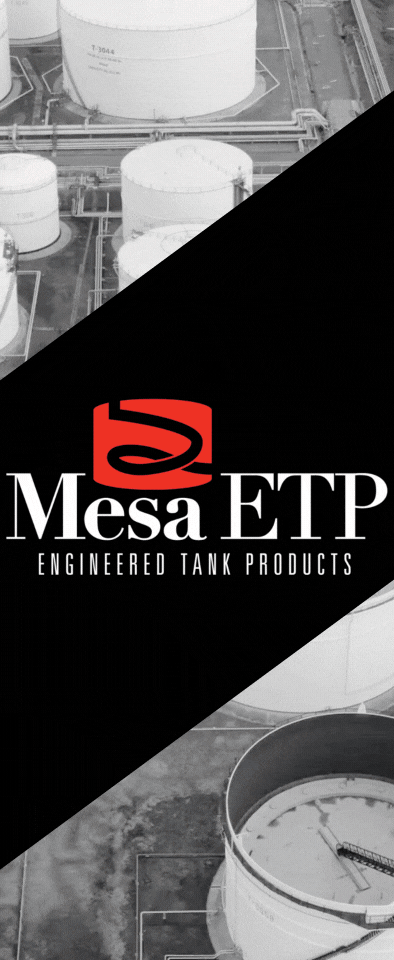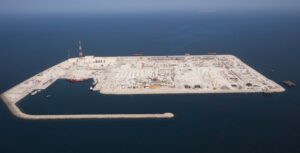Earl Crochet, owner of Crochet Midstream Consulting, explores the fast pace of regulatory changes in the aboveground storage tank industry As someone who has been dealing with aboveground storage tanks (ASTs) for more than 36 years, I have seen drastic regulatory changes over that time. And the pace of this change continues to increase. In 1988, when I started on Plantation Pipe Line, a pipeline regulated by the Federal Department of Transportation (DOT), now known as the Pipeline and Hazardous Materials Safety Administration (PHMSA), the only regulation required was to do a yearly inspection on a tank (and no one […]
This post is only available to members. Please login below, or purchase Tank Storage Magazine Subscription – Print & Digital Subscription or Tank Storage Magazine Subscription – Digital Subscription to access this post.
log in
log in










